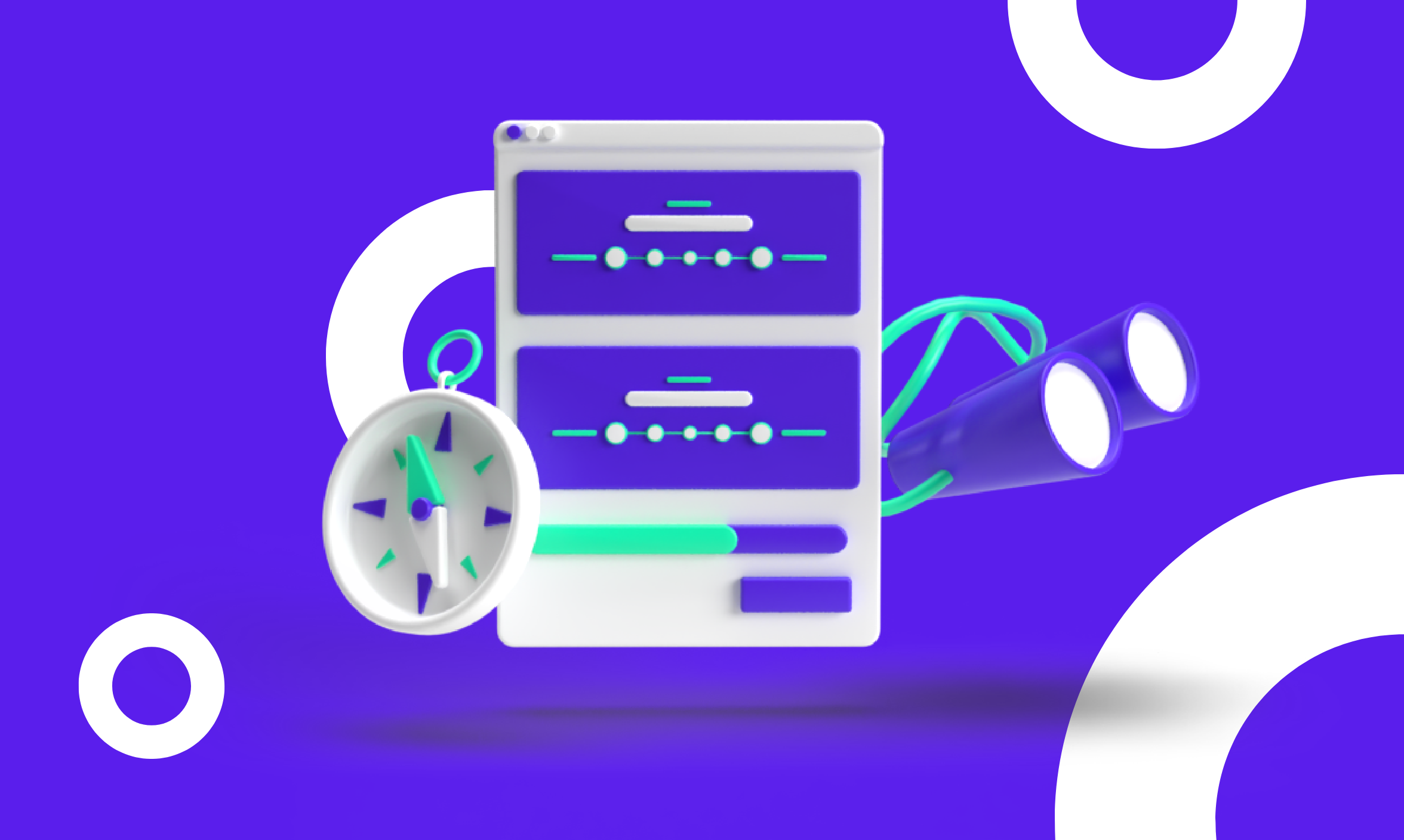
A peek behind the scenes of GoodHabitz assessments!
When it comes to personal development, knowing yourself is half the battle - and the same is true for your employees! Our assessments are designed to help your employees understand themselves better, with the power to recognise exactly what skills they can improve. Each assessment is built on validated theories, models and years of research, making sure they’re always providing the most scientifically-accurate information. In this blogpost, we’ll give you more insight into what’s behind our assessments!

First things first; our assessment library.
Before we get all nitty-gritty with the details of our assessments, let’s look at the 4 categories in our library:
- Identity: These tests will help your employees to map out who they are, what role they take on in a team and how they communicate with others.
- Skills: Your employees will know if it’s time to enhance their language or digital skills (or any other skills for that matter!) with these skills tests.
- Capacity: From spatial awareness to logic, these tests will help your employees to measure their brain power.
- Vitality: Your employees will gain insight into their wellbeing, happiness at work and mindfulness with our vitality tests.
The road to a successful assessment.
All the assessments in our library are developed by an in-house team consisting of experienced psychologists, test developers, psychometricians and writers. Together, they delve into scientific literature, search for various measuring instruments and consult external experts. At the same time, they verify if the theme is practical, as well as gather creative ideas to make the tests educational and fun!
Hours are spent on research, cherry-picking the components that we believe are key for our assessment formula. We define what skills and traits we want to measure in each test, and of course, make sure that these definitions are easy to understand for everyone. Now it’s time for creation mode! Our psychometricians combine the findings from their research and create an initial list of questionnaires that could potentially become one of our new assessments. These questionnaires are then tested by the I&O test panel. The I&O research panel is a well-known party that provides us with a large sample size (around 600 people from all walks of life!) that is a representation of the average workforce. Taking into consideration age, education and gender.
After this, it's time for evaluation! Our psychometricians and test developers improve the assessments based on statistical analysis and feedback from the I&O panel. Our UX team then reviews the content and makes sure that it not only fits our student's needs, but also that it’s easy to use and looks appealing. Finally, we do another round with the I&O panel before adding the assessment to the GoodHabitz library. But we don’t stop there, we’re always optimising! The more people take our assessments, the more data we have and the better we can improve the quality.
From theory to practice.
Some assessments are more scientifically based than others. Just think about it yourself, an identity test on someone's personality traits is easier to measure than how ‘green’ someone is, or how often they recycle their rubbish. But in essence, all our assessments are built in the same way.
We don’t come up with assessments out of the blue, rather we use models and theories as inspiration and starting points. In short, we simplify them and make sure they’re adapted to the challenges of today’s workforce.
For example, our identity test ‘Communication Style – What is Your Color?’ is based on models such as the Big 5 Personality Traits, the Belbin Test and the DiSC theory - all proven tools that are used to gain insights into personal behaviour, enhance communication and improve efficiency. For example, the Big 5 Personality Traits is widely used and accepted by academics around the world. It's one of the most scientifically validated and reliable psychological models out there, whereas the DiSC theory is a model that is more coherent with today’s work environment. By adapting these models, we create intuitive assessments that are easy to use and don’t take forever to complete. But more importantly, they will help your employees get clear insight into their current strengths.
This approach counts for all our assessments. By adapting different models, each with its own strengths, we make sure to give you a wide variety of assessments that are built to fit your organisation's needs – and you can choose which one suits you and your employees the most.
To conclude, all of our assessments are built by experts and validated by our test panel to make sure that we design the very best assessments out there. Whatever you and your employees need, we’ve got you covered.
Now, you’ve got a taste of our assessments why not try them out for yourself?
